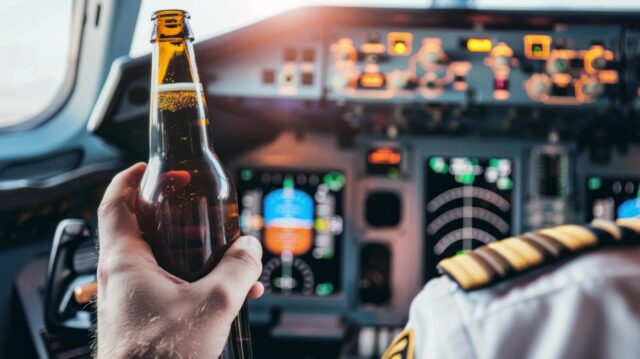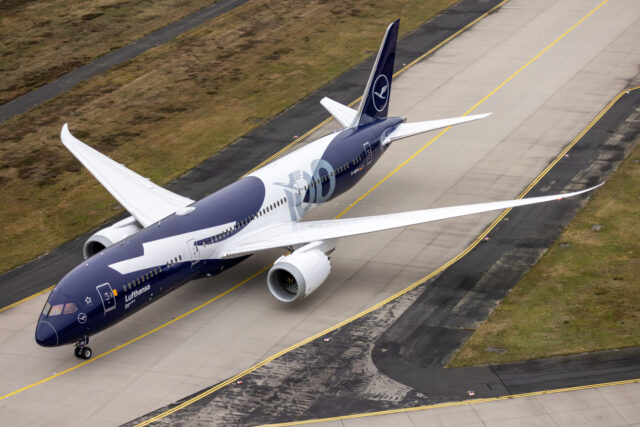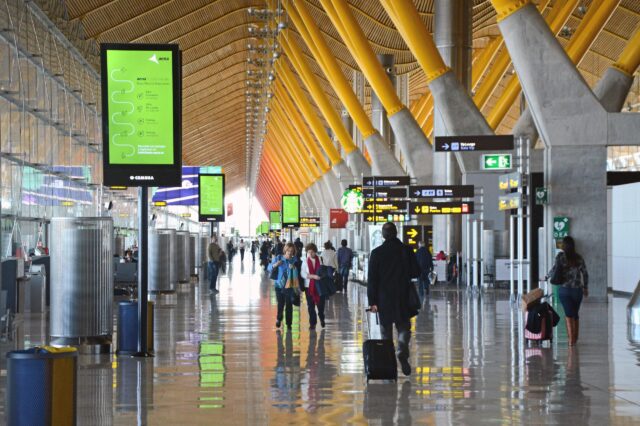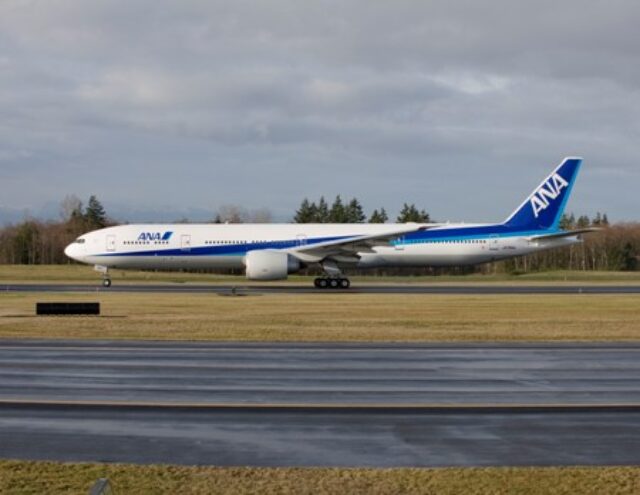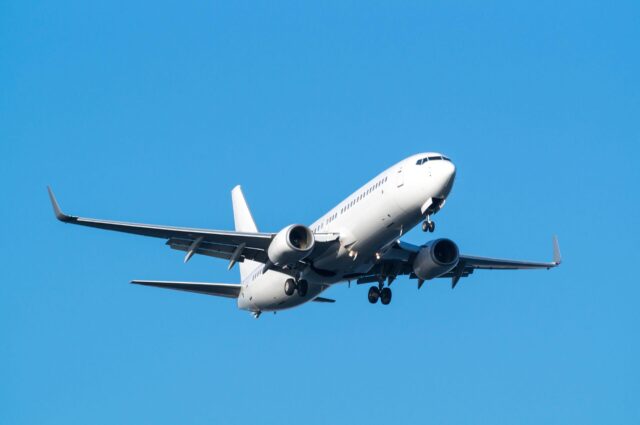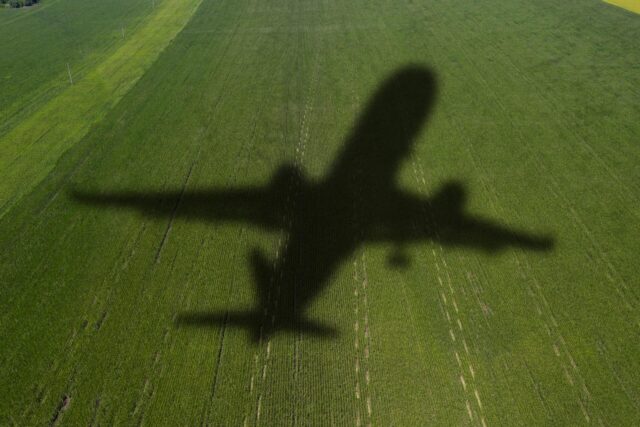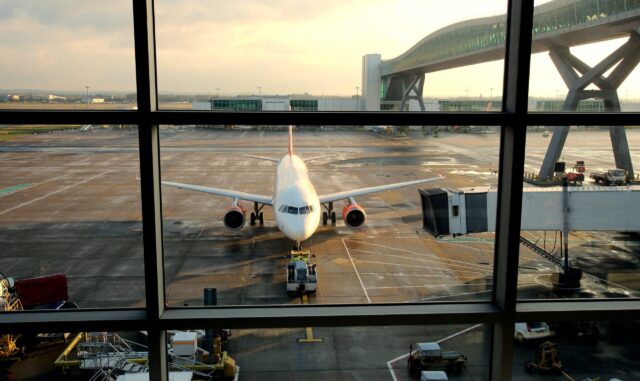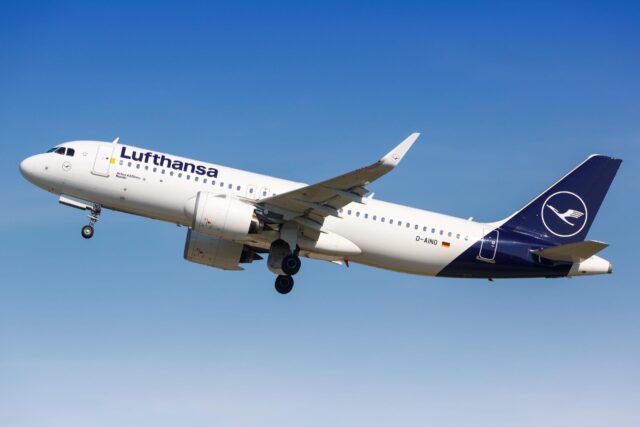NTSB sounds alarm on Boeing 737 MAX smoke risk

The US National Transportation Safety Board (NTSB) has issued an urgent safety recommendation to modify engines powering Boeing 737 Max aircraft to address a risk of smoke filling the cockpit or cabin.
The safety recommendation stems from two incidents, one involving a Southwest Airlines Boeing 737-8 in December 2023 when smoke entered the aircraft after a bird was ingested into the left engine shortly after take off.
Southwest pilots reported that the flight deck filled with “acrid white smoke” so thick that the captain had difficulty seeing the instrument panel.
With oxygen masks on, the crew were able to clear the smoke and safely landed the aircraft in New Orleans without any passenger of crew injuries.
In the other, also involving a Southwest 737 in March 2023 near Havana, Cuba, the cabin filled with vapour fog after birds hit the right engine.
The flight crew declared an emergency and returned to the airport without further incident.
NTSB probe finds root cause
The root of the issue, according to the NTSB, lies with the engine load reduction device (LRD) – a component designed to reduce engine vibrations in the event of major damage.
However, investigators found that when the LRD activates, it can cause damage to the engine’s oil system, potentially allowing hot oil smoke to seep into the aircraft’s ventilation system and spread to the cockpit or cabin.
“Concerned that flight crews operating these airplanes may not be fully aware of the potential hazard of an LRD smoke-related event along with the appropriate mitigation actions, the NTSB issued an urgent safety recommendation to the Federal Aviation Administration asking the agency to ensure that operators inform flight crews of airplanes equipped with the affected engines,” the NTSB said in a statement.
Boeing said it had revised pilot flight manuals to provide more detail on the steps to take to prevent smoke from entering the cockpit or cabin following an LRD activation.

The planemaker has also now formally urged the FAA to ensure all operators are fully briefed on the issue.
The NTSB has asked the FAA and EASA to require all operators of the affected engines to incorporate software modifications developed by CFM and Boeing.
NTSB officials have urged their counterparts in Europe and China to examine whether the same issue also affects LEAP-1A and -1C engines powering Airbus and Comac aircraft.
CFM said in a statement that it was “aligned with the NTSB’s recommendations” and said work was underway, “in close partnership with our airframers, to enhance the capability of this important system”.
